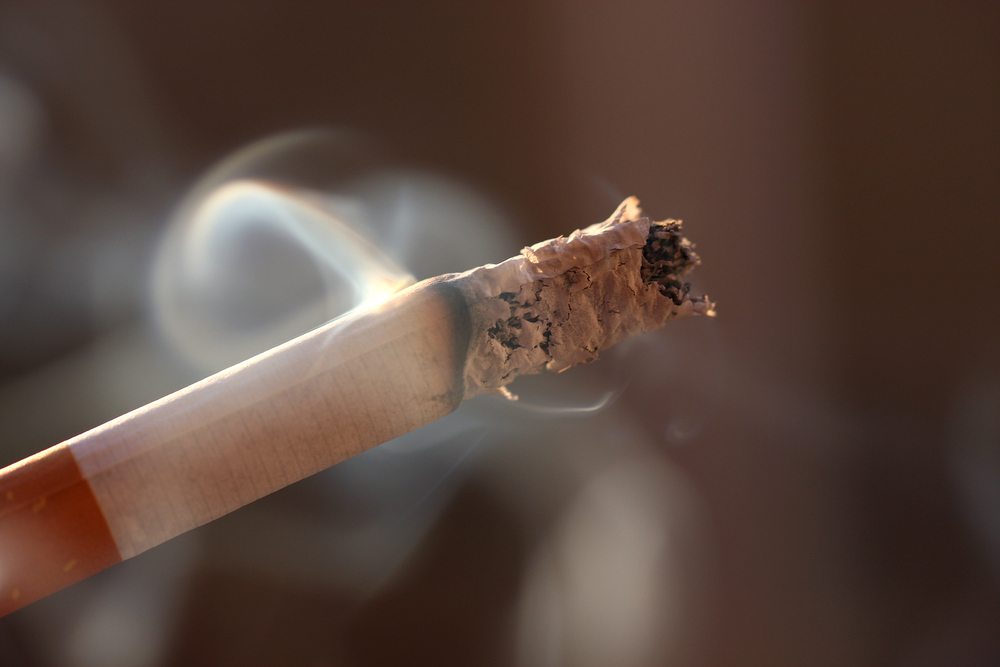 According to a new research study from the University of Texas Medical Branch in association with East Tennessee State University, the Indian Institute of Technology and the World Health Organization Regional Office for Africa, two fifths of never-smoking adolescents are exposed to secondhand smoke.
According to a new research study from the University of Texas Medical Branch in association with East Tennessee State University, the Indian Institute of Technology and the World Health Organization Regional Office for Africa, two fifths of never-smoking adolescents are exposed to secondhand smoke.
The study entitled “Secondhand Smoke Exposure Among Never-Smoking Youth in 168 Countries”, was recently published in the Journal of Adolescent Health.
The team of researchers led by Phani Veeranki, lead author and UTMB assistant professor in the department of Preventive Medicine and Community Health, sought to estimate the prevalence of secondhand smoke (SHS) exposure in never-smoking adolescents and identify key factors associated with such exposure.
In a recent news release Dr. Veeranki stated, “We need to protect never-smokers from being exposed to secondhand smoke. The negative health effects of secondhand smoke exposure are well known. The question is, how many teens – especially never-smokers – are exposed to it?”
A total of 356,414 never-smoking adolescents participated in the study. Data was retrieved from 168 countries using the Global Youth Tobacco Survey conducted between 1999 and 2008, which assessed SHS teen’s exposure inside and outside their homes. Additionally, adolescents were asked about parental and/or peer smoking habits, knowledge about smoke harm, attitudes toward smoking ban, age, sex, and World Health Organization region.
The results from this large study revealed that of all the never-smoking adolescents, 30.4%, 44.2%, and 23.2% were exposed to SHS inside home, outside home, and both, respectively. Furthermore, increased odds of SHS exposure was associated with parental smoking, peer smoking, knowledge about smoke harm, and positive attitudes toward smoke ban.
Compared with never-smoking adolescents who did not have both smoking parents and peers, those who had showed a 19, 8 and 23 times higher odds of exposure to SHS inside, outside, and both inside and outside their homes, respectively. Thus, almost one third and and two fifths of never-smoking adolescents were exposed to SHS, with smoking parents and/or peers being the main responsible factors for this exposure.
“We found that the odds of secondhand smoke exposure for never-smoking teens exposed to both parents and peers who smoke is 23 times higher than that of never-smoking teens who don’t have smokers often around them. Our findings provide evidence for policy makers and public health professionals about the need for smoke-free environments in places frequented by teens worldwide”, Dr. Veeranki added in the news release.
Researchers strongly emphasise the need of smoking-free policies in accordance with the World Health Organization Framework Convention on Tobacco Control.


